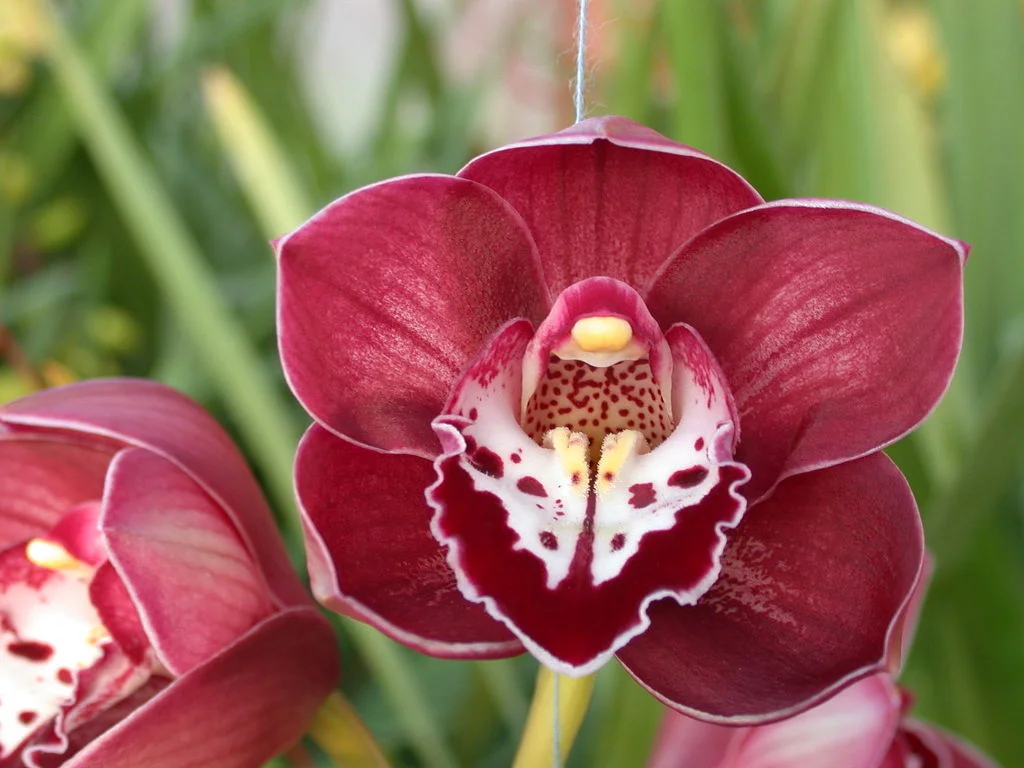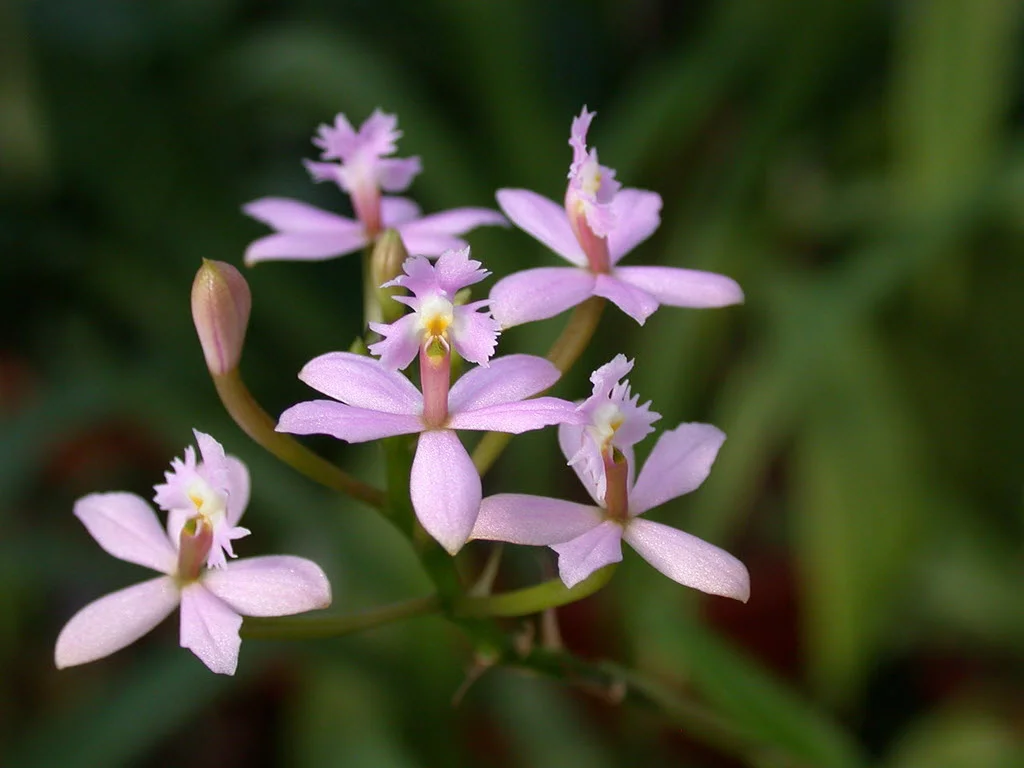Table of Contents
Pronunciation: sim-BID-ee-um
Other Names: Boat Orchids
Introduction
Cymbidiums have a very rich history of medicinal uses in China and Japan. They've been used for thousands of years as an oral contraceptive and as a treatment for dysentery.
Cymbidium Clarisse Austin
They're also a cool climate orchid, and they can survive short periods of below-freezing temperatures. They have very fragrant flowers that come in pink, white, yellow, lavender, greens, and reds. They're resistant to most pests, and their roots tend to grow downwards rather than outwards, so a deeper pot is required.
Temperature
This orchid likes slightly cooler temperatures year-round, but they need even cooler temperatures to begin their blooming period. During the daytime, they like temperatures that range between 65°F to 75°F (18°C to 24°C). Nighttime temperatures can drop to between 50°F to 55°F (10°C to 13°C) with no issues.
If you want your orchids to go into their blooming period, you'll have to provide temperatures that range between 40°F and 50°F (4°C to 10°C). This can make it challenging when you're trying to time bringing them indoors in the fall months without triggering their blooming period.
Light
These orchids like very bright light in the morning or evening hours, but they don't tolerate direct sunlight well. You'll also want to provide them with at least 50% shade during the day because they don't like getting too warm.
This is a tricky balance to achieve because your orchid's colors will fade if they get too much sunlight and they're prone to sunburn. However, if your orchid has inadequate light, it can result in a failure to re-bloom, and this is one of the main problems reported among people who grow this orchid.
Water and Humidity
During your plant's growing period in the spring and summer months, they like a lot of water, and you can water them every other day. However, they do have large pseudobulbs that can store a decent amount of water, so you can go as long as ten days without watering them if you keep them in cooler temperatures during the winter months.
When you water your Cymbidiums, saturate your orchid's pot until the water runs out the bottom, or dip it in a tub of water until the bubbles stop forming. They like humidity levels to stay around 50% year round.
Feeding
These orchids are very heavy feeders during the spring and summer months. You can get very good results by applying a slow-release fertilizer with a 13-13-13 ratio in the spring and again in the fall. You want to apply a heaped teaspoon to every six-inch pot in the spring and a level teaspoon of fertilizer in the fall.
You can also apply a liquid fertilizer at a 20-20-20 ratio year round once a month for optimal growth. During the summer months, you can apply this fertilizer at full strength, and during fall and winter, you should cut back to one-third strength.
Potting
These orchids do very well in pots with a free draining potting medium. You don't want your plant to sit in water as this can lead to root rot. A mixture of coconut chips, perlite, and fine fir bark works well with a supplement of dolomitic lime in the spring and in the fall to increase the pH.
You can repot your orchid at any time during the year except during the winter months, but they don't like to be disturbed. This means that you should wait until your potting medium has broken down before repotting it. This can be done every two or three years for the best results.
Videos
Cymbidiums are one of the more popular orchids and we had hard time choosing the best care video for you. We settled on Baotran's Botanicals' video. She has a Show and Tell in the beginning where she introduces the cymbidiums in her greenhouse. Then she goes on to discuss orchid care tips.
Our fave orchid guru Brad from Brad's Greenhouse takes us on a tour of the cymbidiums in his balcony and also discusses his Summer care tips for blooms in the Winter.
You’ll find more amazing plants in our comprehensive list of the different types of orchids.
Related Orchid Articles











